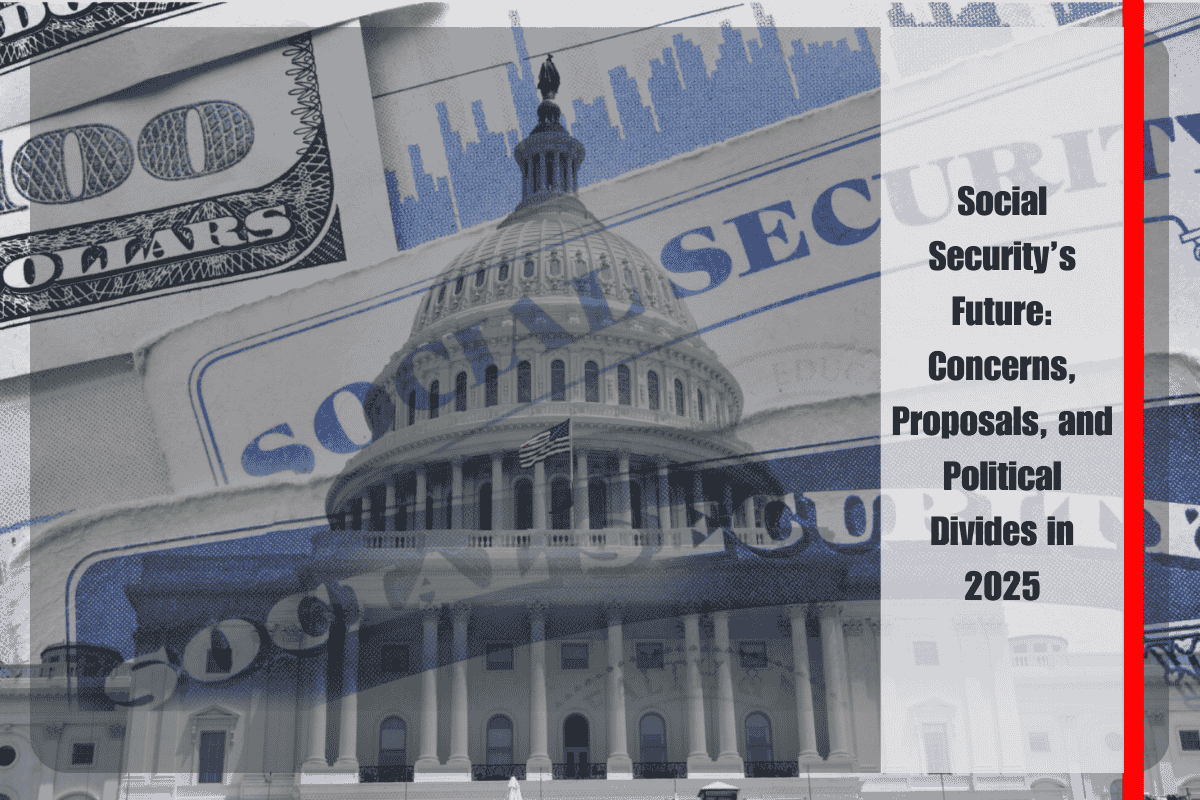Millions of older Americans rely on Social Security to cover their everyday expenses. However, a looming funding shortfall could lead to a 23% cut in monthly benefits as soon as 2033. This would significantly reduce retirement income for many, draining hundreds of dollars every month for retirees who depend on these funds. Understanding why this shortfall is happening and what can be done about it is crucial for those approaching retirement or already receiving benefits.
Why Does Social Security Face a Potential Cut?
According to the Social Security trustees, the Old-Age and Survivors Insurance (OASI) Trust Fund will run out of reserves by 2033. After this date, Social Security taxes from current workers will still flow into the system, but they won’t be enough to cover full benefit payments. If new legislation isn’t passed to address the issue, the agency will reduce monthly payments by 23% across the board, potentially leaving retirees with much less than they expected.
What Caused the Funding Crisis?
The root cause of the funding crisis is America’s changing demographics. The number of retirees is growing rapidly. The population of people aged 65 and older increased from 43 million in 2010 to 59 million in 2024. Meanwhile, fewer workers are contributing to the system. The ratio of workers to beneficiaries dropped from 2.9 workers per beneficiary in 2010 to 2.7 in 2024, according to the Peter G. Peterson Foundation. This imbalance, driven by people living longer and having fewer children, is expected to continue, leading to more people collecting benefits while fewer contribute to the system.
How Much Would Retirees Lose?
A 23% reduction in Social Security benefits would have a significant impact on retirees. Based on June 2025 averages, here’s how a cut would affect various types of recipients:
A retired worker currently receiving $2,005.05 per month would see their benefit reduced to $1,543.89.
The spouse of a retired worker, who currently receives $953.33, would see their benefit drop to $734.06.
A nondisabled widow or widower currently receiving $1,863.18 would have their benefit reduced to $1,434.65.
A child of a deceased worker currently receiving $1,138.30 would see their benefit drop to $876.49.
Even with annual cost-of-living adjustments (COLAs), retirees will not see a significant increase in their buying power. Inflation typically cancels out these increases, so a 23% reduction would further diminish real income for most beneficiaries.
What Solutions Could Prevent a Cut?
Congress holds the power to fix the issue, and there are several potential solutions:
Raise the Social Security payroll tax cap: This would allow more high-income earners to contribute to the system.
Increase the full retirement age: This would require people to wait longer to begin collecting full benefits.
Reduce benefits for high-income earners: This would help reduce the overall financial strain on the system.
Supplement the trust fund using general tax revenue: This would inject more funds into the system, ensuring it remains solvent.
However, despite these options, Congress has not passed any permanent solutions to date. The longer action is delayed, the harder it will become to implement a fix that avoids drastic changes.
What About Disability Benefits?
Unlike retirement benefits, Social Security Disability Insurance (SSDI) remains more stable. Officials do not expect the SSDI trust fund to run out for at least 75 years. However, SSDI funds are separate from retirement funds, so the retirement system still faces significant risk.
What Happens Next?
The U.S. has fewer than eight years to reform the retirement trust fund before it runs out of reserves. If lawmakers act soon, they can avoid dramatic cuts and ensure the system’s long-term sustainability. But with each passing year without action, the solution becomes more difficult to implement. The window for reform is closing, and retirees need to be aware of the potential impact on their future benefits.












